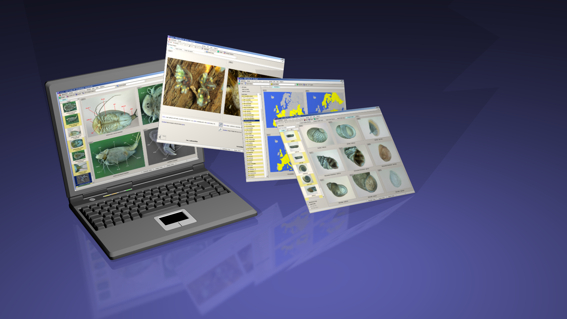Produkte
Macrozoobenthos families 23
NAVIGATION
PRODUKTE
• MZB Families 23
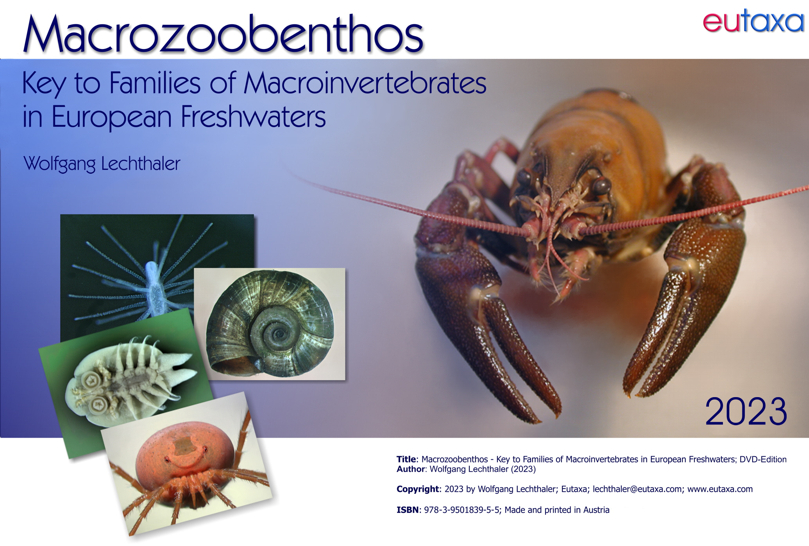
Produktbeschreibung
Der MZB-Schlüssel bietet ein Basis-Bestimmungsprogramm für Limnologen, da er die Identifikation der meisten in europäischen Flüssen und Seen vorkommenden benthischen Wirbellosen (Makrofauna) bis auf Familien-Niveau ermöglicht. Insgesamt 222 Familien werden in der neuen Ausgabe des Programms behandelt, von denen jeweils ein typischer Vertreter einer Familie in zahlreichen Fotos dokumentiert ist. Rund 8.300 Bilder wurden für das Produkt angefertigt; durch die Möglichkeit der Bestimmung auf verschiedenen systematischen Ebenen (z. B. auf Subphylum-, Klassen- oder Ordnungsniveau) steht insgesamt eine Auswahl von mehr als 14.000 Bildern zur Verfügung.
Macrozoobenthos
Key to Families of Macroinvertebrates in European Freshwaters
Autor: Wolfgang Lechthaler (2023)
Copyright: Wolfgang Lechthaler (2023)
ISBN: 978-3-9501839-5-5
Preis (Netto): 550 €
Preis (Subskription): 465 €
Kaufpflicht im Subskriptionsangebot: Ja
Kopierschutz: Ja
Bilder Anzahl: ca. 14.000
Laden Sie hier den Produktfolder herunter
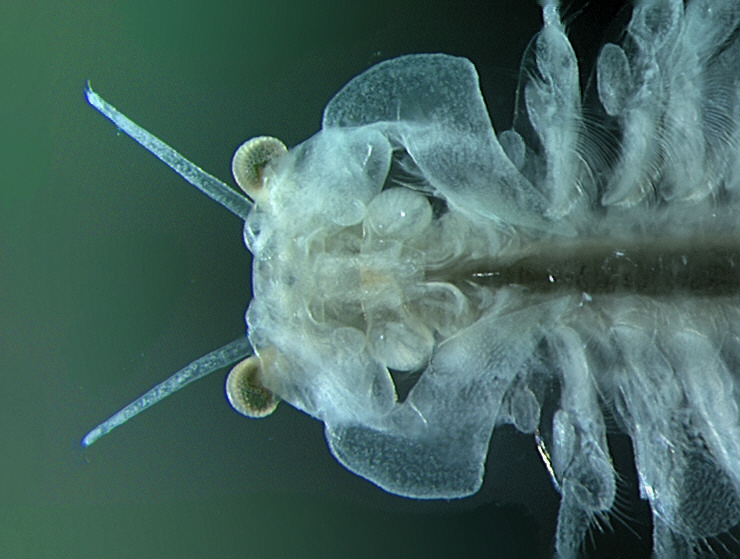
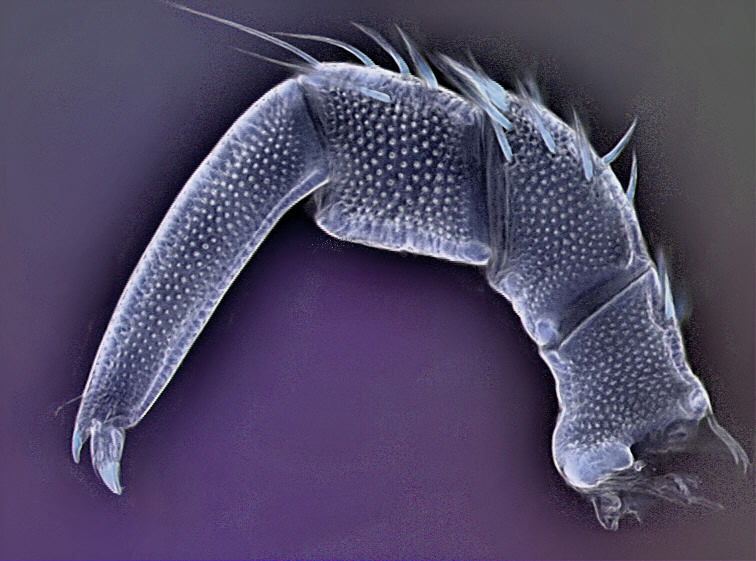
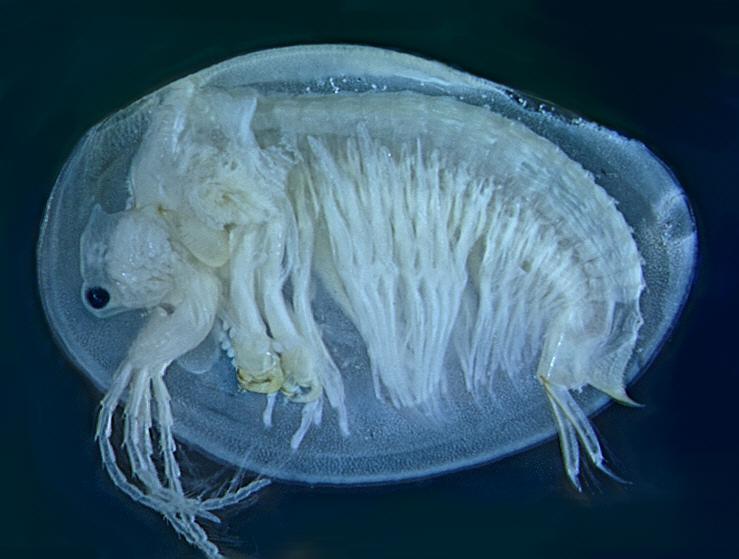
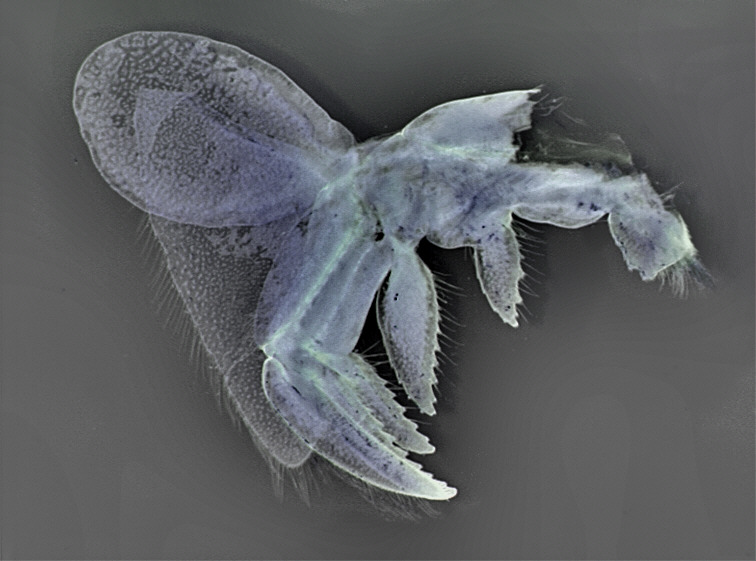
Liste der bestimmbaren Familien
- Spongillidae
- Clavidae
- Hydridae
- Olindiadiae
- Cristatellidae
- Fredericellidae
- Lophopodidae
- Paludicellidae
- Pectinatellidae
- Plumatellidae
- Acroloxidae
- Assimineidae
- Bithyniidae
- Ellobiidae
- Emmericiidae
- Hydrobiidae
- Lymnaeidae
- Melanopsidae
- Neritidae
- Physidae
- Planorbidae
- Succineidae
- Thiaridae
- Valvatidae
- Viviparidae
- Corbiculidae
- Dreissenidae
- Margaritiferidae
- Sphaeriidae
- Unionidae
- Ampharetidae
- Nereididae
- Serpulidae
- Aeolosomatidae
- Criodrilidae
- Dorydrilidae
- Enchytraeidae
- Haplotaxidae
- Lumbricidae
- Lumbriculidae
- Naididae
- Propappidae
- Sparganophilidae
- Tubificidae
- Acanthobdellidae
- Erpobdellidae
- Glossiphoniidae
- Haemopidae
- Hirudinidae
- Piscicolidae
- Branchiobdellidae
- Anisitsiellidae
- Arrenuridae
- Aturidae
- Cybaeidae
- Eylaidae
- Feltridae
- Hydrachnidae
- Hydrodromidae
- Hydrovolziidae
- Hydryphantidae
- Hygrobatidae
- Lebertiidae
- Limnesiidae
- Limnocharidae
- Mideidae
- Mideopsidae
- Oxidae
- Piersigiidae
- Pionidae
- Sperchontidae
- Teutoniidae
- Torrenticolidae
- Unionicolidae
- Artemiidae
- Branchinectidae
- Branchipodidae
- Chirocephalidae
- Streptocephalidae
- Cyzicidae
- Leptestheriidae
- Limnadiidae
- Lynceidae
- Triopsidae
- Argulidae
- Mysidae
- Acanthogammaridae
- Corophiidae
- Crangonyctidae
- Gammaridae
- Niphargidae
- Pontogammaridae
- Pontoporeiidae
- Talitridae
- Asellidae
- Janiridae
- Sphaeromatidae
- Astacidae
- Atyidae
- Cambaridae
- Grapsidae
- Palaemonidae
- Parastacidae
- Potamonidae
- Ameletidae
- Ametropodidae
- Arthropleidae
- Baetidae
- Caenidae
- Ephemerellidae
- Ephemeridae
- Heptageniidae
- Isonychiidae
- Leptophlebiidae
- Metretopodidae
- Neoephemeridae
- Oligoneuriidae
- Palingeniidae
- Polymitarcyidae
- Potamanthidae
- Prosopistomatidae
- Siphlonuridae
- Aeshnidae
- Calopterygidae
- Coenagrionidae
- Cordulegastridae
- Corduliidae
- Gomphidae
- Lestidae
- Libellulidae
- Platycnemidae
- Capniidae
- Chloroperlidae
- Leuctridae
- Nemouridae
- Perlidae
- Perlodidae
- Taeniopterygidae
- Aphelocheiridae
- Belostomatidae
- Corixidae
- Gerridae
- Hebridae
- Hydrometridae
- Mesoveliidae
- Naucoridae
- Nepidae
- Notonectidae
- Pleidae
- Veliidae
- Sialidae
- Osmylidae
- Sisyridae
- Chrysomelidae
- Curculionidae
- Dryopidae
- Dytiscidae
- Elmidae
- Gyrinidae
- Haliplidae
- Helophoridae
- Hydraenidae
- Hydrochidae
- Hydrophilidae
- Hygrobiidae
- Noteridae
- Psephenidae
- Scirtidae
- Spercheidae
- Crambidae
- Apataniidae
- Beraeidae
- Brachycentridae
- Ecnomidae
- Glossosomatidae
- Goeridae
- Helicopsychidae
- Hydropsychidae
- Hydroptilidae
- Lepidostomatidae
- Leptoceridae
- Limnephilidae
- Molannidae
- Odontoceridae
- Philopotamidae
- Phryganeidae
- Polycentropodidae
- Psychomyiidae
- Ptilocolepidae
- Rhyacophilidae
- Sericostomatidae
- Uenoidae
- Athericidae
- Bibionidae
- Blephariceridae
- Cecidomyiidae
- Ceratopogonidae
- Chaoboridae
- Chironomidae
- Culicidae
- Cylindrotomidae
- Dixidae
- Dolichopodidae
- Empididae
- Ephydridae
- Fanniidae
- Limoniidae
- Muscidae
- Pediciidae
- Psychodidae
- Ptychopteridae
- Rhagionidae
- Scathophagidae
- Scatopsidae
- Sciomyzidae
- Simuliidae
- Stratiomyiidae
- Syrphidae
- Tabanidae
- Thaumaleidae
- Tipulidae
- Trichoceridae
Arten- und Bildmaterial
Von Coleopteren können sowohl larvale als auch adulte Stadien, von Dipteren Larven und Puppen bestimmt werden. Zudem ermöglicht ein übergeordneter Schlüssel Laien die Zuordnung der MZB-Organismen zu der entsprechenden systematischen Großgruppe.
Das Produkt ist Teil des Subskriptionsangebots, bei dem die ersten fünf Artikel der Serie mit ca. 15 %igen Preisnachlass erhältlich sind. Für alle weiteren Produkte kann das Abo nach Wunsch verlängert werden, es besteht für Abonnenten jedoch kein weiterer Kaufzwang.

